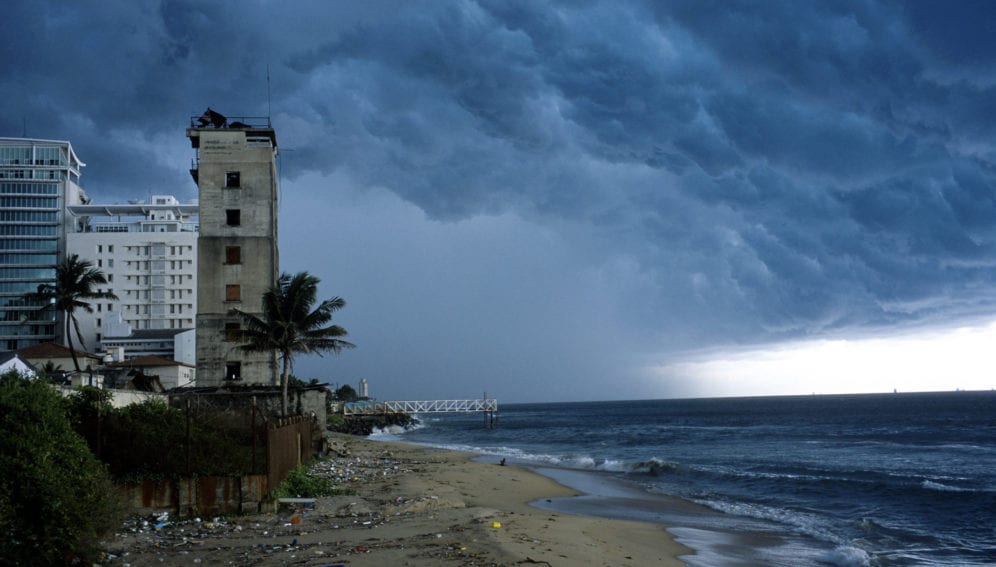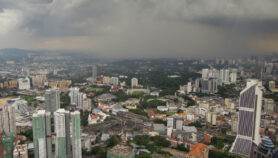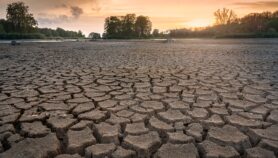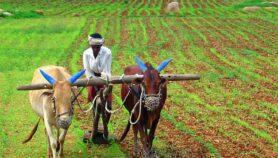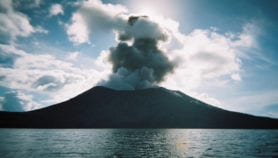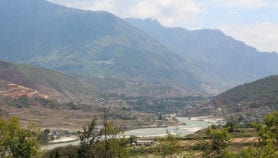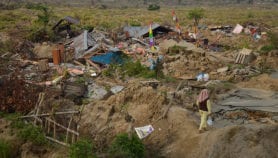By: Madhukara Putty
Send to a friend
The details you provide on this page will not be used to send unsolicited email, and will not be sold to a 3rd party. See privacy policy.
[BANGALORE] In the long term, the intensity of the Indian monsoon — which is vital for agriculture on the sub-continent — depends on the amount of sunshine received by Earth, says a new study.
Carried out by an international team of researchers from France, India and the US, the study analysed pollen samples collected from the offshore Godavari and Mahanadi river basins to determine how the Indian monsoon has varied during different climate periods. Both basins are located in the ‘core monsoon zone’.
The study, published in Quaternary Science Reviews in October, suggests that the millennial scale variability and intensity are influenced by atmospheric connections to phenomena in the North Atlantic, Eurasia or the Indian Ocean.
India had a strong monsoon during the first part of the Holocene (9350—2250 BC), and a less intense one during the second part of the Holocene (2250 BC to the present). The monsoon was also weaker during the Heinrich Stadial 2 (HS 2) and the Marine Isotopic Stage 5/4 periods. Further analysis showed that weaker monsoons also coincide with periods of relatively low sunshine.
By analysing pollen samples, Zorzi and his team found clues to how the vegetation had varied during different climatic periods. During the first part of the Holocene, coastal forests and mangroves were dominant, while the second part was characterised by drier vegetation. During HS 2, a period marked by extensive iceberg discharge in the North Atlantic Ocean, grasslands and other dry vegetation dominated the core monsoon region. Vegetation was dry during the Marine Isotopic Stage 5/4 period too.
B. N. Goswami, professor at the Indian Institute of Science Education and Research, says: “As vegetation depends on rainfall, high and low vegetation amount may be a crude measure of high or low rainfall or monsoon intensity. Therefore, qualitatively one may be able to say something about monsoon rainfall from pollen analysis. However, it is not possible to quantify the exact amount of monsoon rainfall from such data.”
Zorzi believes that his findings can give insights into how Indian monsoon may evolve under a changing climate. “We need to know the natural variability of the summer and winter monsoons in India without human impact and investigate its relationships with the other components of the Earth climate system.”


